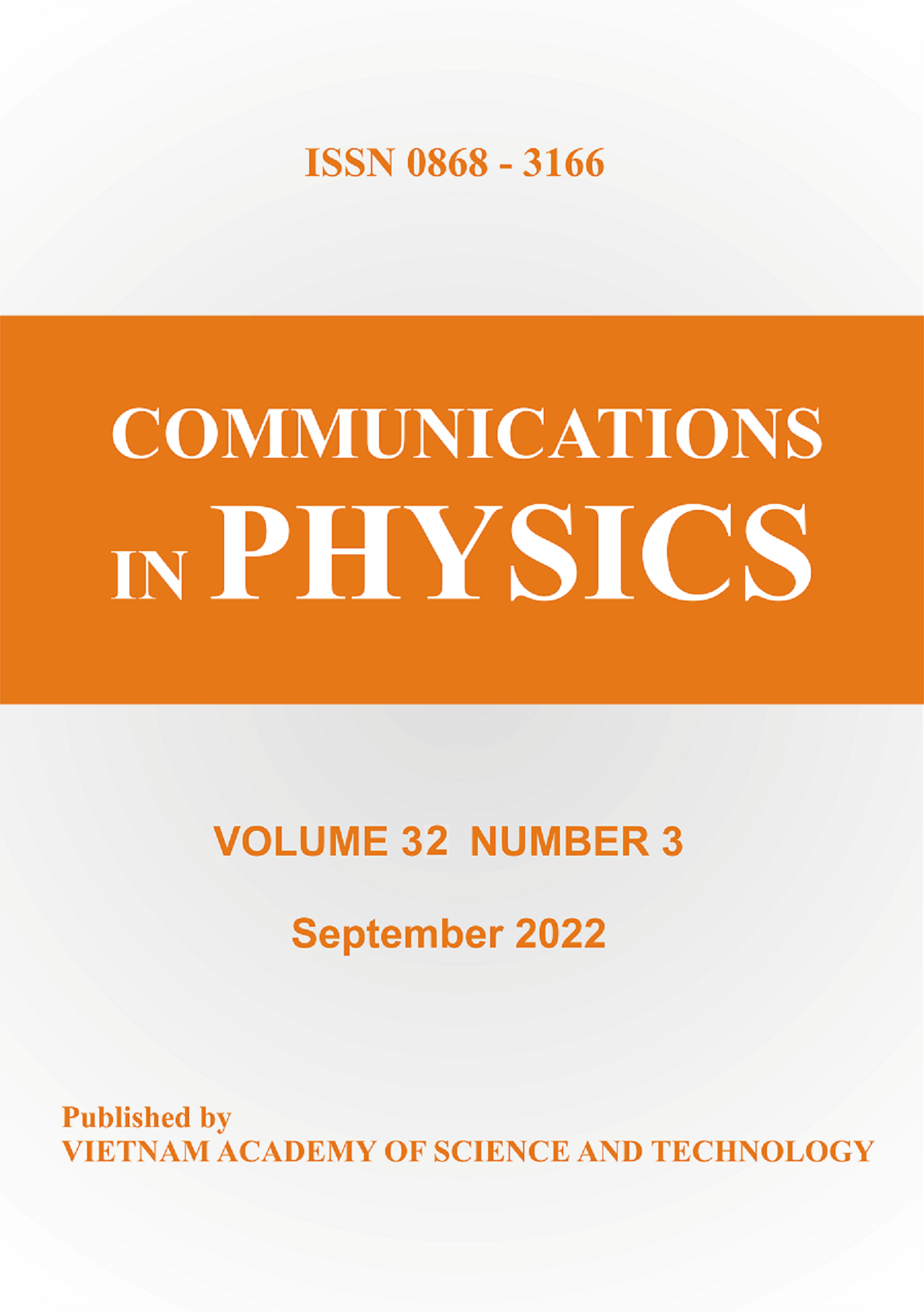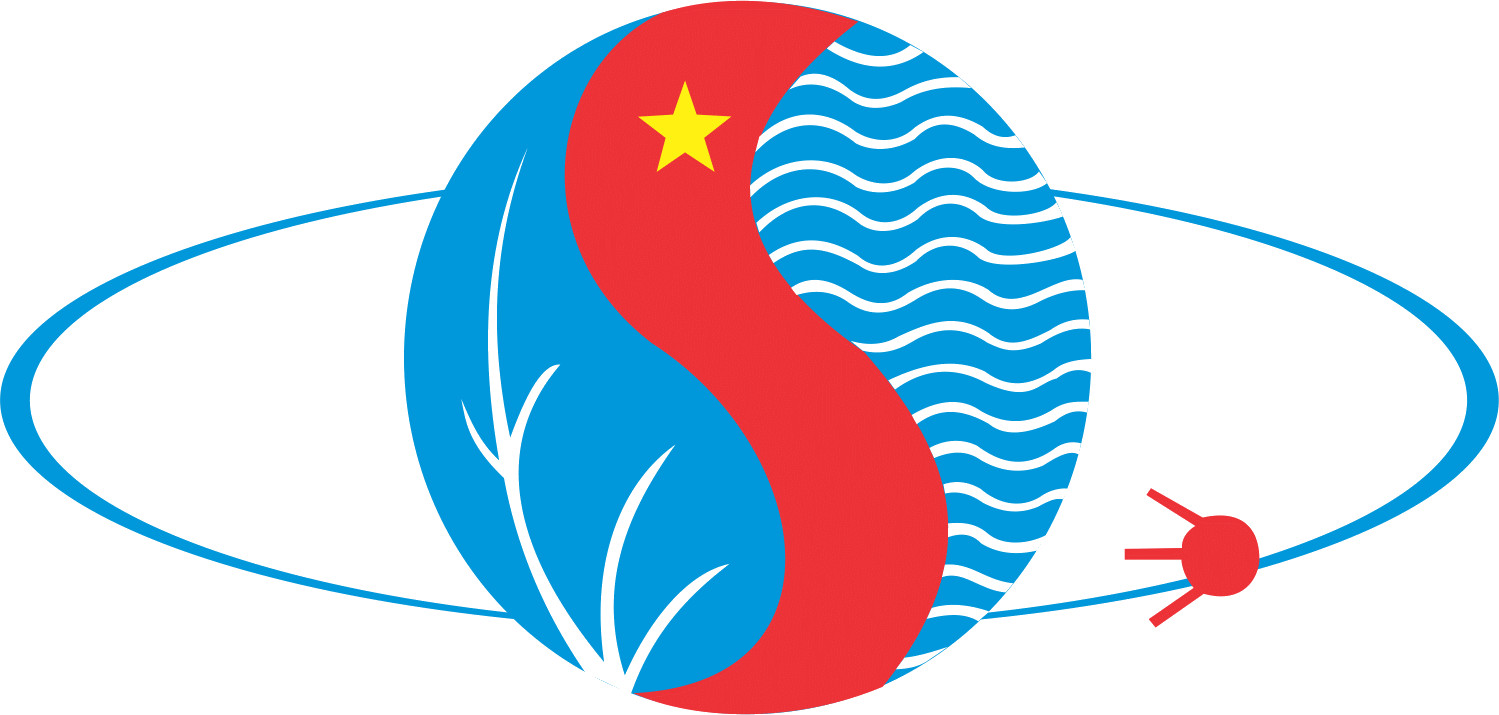Two Higgs singlets \(A_4\) Flavor Symmetry with Minimal Breaking
Author affiliations
DOI:
https://doi.org/10.15625/0868-3166/24/2/3946Keywords:
\(A_4\) model, leptogenesis, seesaw mechanismAbstract
We study the seesaw realization of a \(A_4\)model with two Higgs singlets. In this model, the mixing angle \(\theta_{13}\) and leptogenesis are zero if the components of right handed neutrino mass matrix resulting from the two Higgs singlets are exact degenerate. We then study the minimal breaking of the model by a tiny shift between aforementioned components. This minimal breaking results in deviations of lepton mixing angles from their tri-bimaximal mixing values in which the current experimental value of \(\theta_{13}\) can be achieved. Besides, the baryon asymmetry of the Universe is successfully generated through non-zero leptogenesis by the decay of right handed neutrinos.Downloads
Download data is not yet available.
Metrics
Metrics Loading ...
Downloads
Published
09-07-2014
How to Cite
[1]
N. T. Phong, “Two Higgs singlets \(A_4\) Flavor Symmetry with Minimal Breaking”, Comm. Phys., vol. 24, no. 2, p. 113, Jul. 2014.
Issue
Section
Papers
License
Authors who publish with CIP agree with the following terms:- The manuscript is not under consideration for publication elsewhere. When a manuscript is accepted for publication, the author agrees to automatic transfer of the copyright to the editorial office.
- The manuscript should not be published elsewhere in any language without the consent of the copyright holders. Authors have the right to enter into separate, additional contractual arrangements for the non-exclusive distribution of the journal’s published version of their work (e.g., post it to an institutional repository or publish it in a book), with an acknowledgement of its initial publication in this journal.
- Authors are encouraged to post their work online (e.g., in institutional repositories or on their websites) prior to or during the submission process, as it can lead to productive exchanges or/and greater number of citation to the to-be-published work (See The Effect of Open Access).
Received 24-04-2014
Accepted 05-07-2014
Published 09-07-2014
Accepted 05-07-2014
Published 09-07-2014












